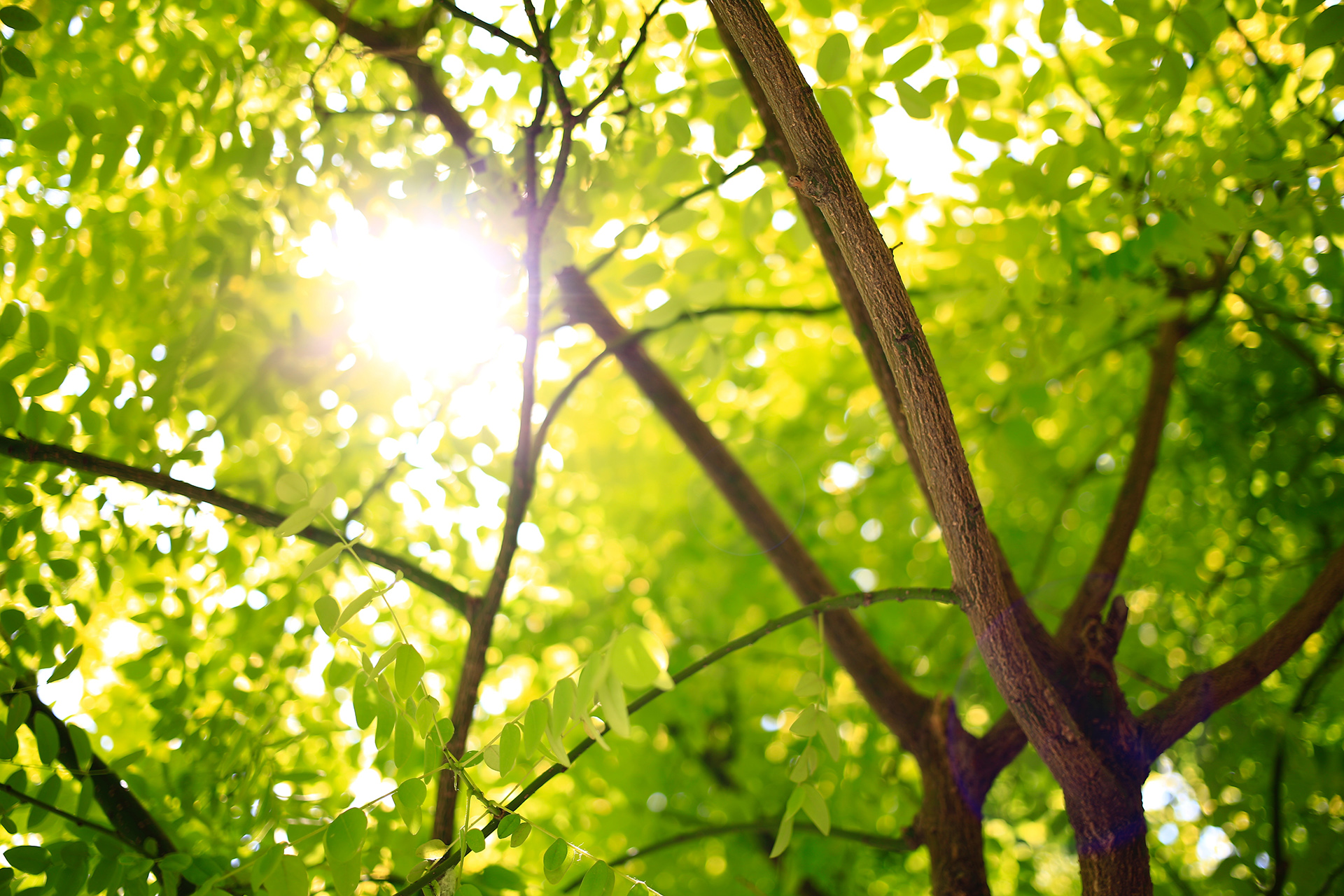Trees and foliage add a park-like feel to commercial properties, bringing a sense of the country into the midst of more urban and suburban life. But without proper care, the environment can be hard on trees, even leading to irreparable damage. By avoiding these mistakes, trees can thrive and enhance commercial properties, providing great green space for your company, employees, and customers.
Pruning Errors
For tree health, pruning is important. Too much overgrowth and wayward branches are not only unsightly and potentially dangerous if left unchecked, but excess foliage can also steal resources from the tree and lead to damage. However, over-pruning can be just as detrimental. Removing the wrong limbs, destroying the canopy, or removing too much of the “excess” foliage can permanently damage the tree, and even lead to dead limbs (which are a hazard to pedestrians, vehicles, and buildings). Expert arborists know how to make cuts that minimize the wounds in a tree, and the right amount of foliage to prune to promote—rather than inhibit—healthy tree growth and maintenance.
Planting Depth
A healthy tree has a visible root “flare” because even though they are roots that are known for their underground growth, there is still need for the base of the tree and its roots to access nutrients both above and below ground by being in shallow soil. In commercial settings, some trees may be planted too deep, which is obvious when the root flare is not visible. The tree may not thrive in such conditions, or it may compensate by sending roots upward toward the trunk, or even encircling it (a girdling root)—potentially further cutting off nutrient access. Any tree that is planted too deep should be carefully excavated around to expose the roots. Achieving proper grade may not be possible, so watch for standing water issues during heavy or prolonged rains.
Over-mulching
It’s far too common a practice to heap mulch around trees as if “more is better.” Unfortunately, this keeps moisture against the bark and promotes problems with fungi, insects, and other decay-causing issues. By keeping mulch layers to only 3”-4” and using organic materials (like wood chips), a good balance of moisture and temperature control can be achieved.
Mechanical Damage
On commercial properties, lawn care is often outsourced, and if those performing the work aren’t careful, tree trunks can become casualties of lawnmowers, trimmers, and other mechanical maintenance equipment. Mulch or other barriers that prevent machinery from getting too close to trunks will preserve them from potential damage.
Water Damage
Commercial properties commonly use irrigation to maintain a lush green lawn. Trees can be casualties of unfortunate sprinkler placement, both from over-irrigation, and under-irrigation. Too much water can cause harmful parasitic growth or infestations and decay. Too little water can cause dead wood. Sprinkler systems should be programmed to deliver irrigation that not only meets the needs of the lawn but respects the needs of the specific tree species. And trees should never be in the direct line of spray.
With care and consultation with a trained arborist, you can have lush and beautiful tree foliage on your commercial property that stays healthy while delivering a refreshing rural feel to urban and suburban dwellers.
